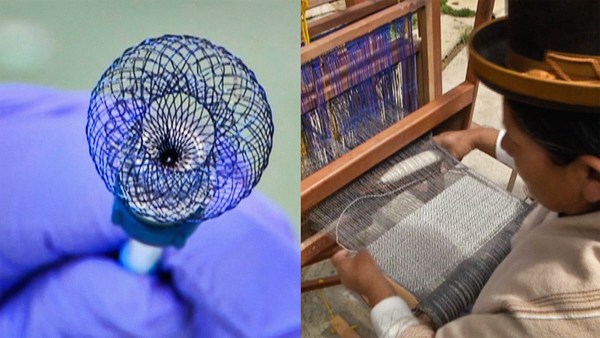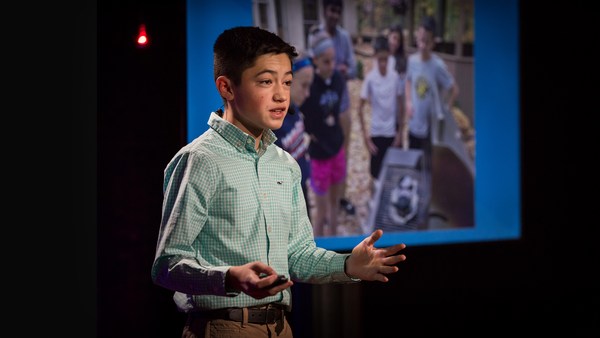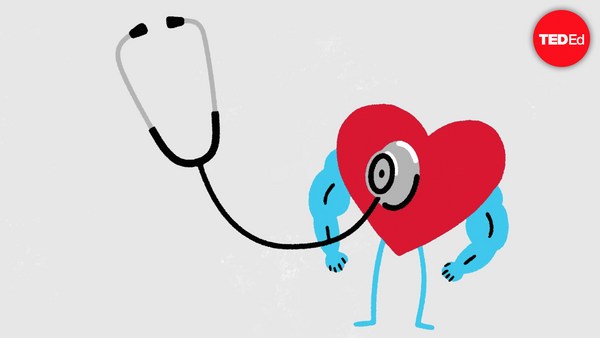When I was 13, I lost my grandfather to a silent heart attack. What happened to be more shocking was that at 75, grandpa was really normal, healthy and energetic, but he was diabetic. Learning all of this was so painful that I decided to go out on a war against this deadly killer and see what could be done.
It was shocking to discover the results of recent studies that have shown an estimate of nearly eight million people who die from heart attacks every year. Heart attacks occur for many reasons, but most often, they occur when arteries get clogged, blood flow is cut off and oxygen-starved cells in the heart muscles start to die.
You may know the common symptoms of a heart attack: chest pain, arm pain, shortness of breath, fatigue, et cetera ... but there is a type of heart attack that is quite common, just as deadly, but harder to detect because the symptoms are silent. People having silent heart attacks just don't realize what's happening, so they're not seeking medical attention, which means they're less likely to receive the treatment that they need at the critical moment. And even if they do get to the hospital by chance, either before or after they are struck by a heart attack, they might have to go through one or more of these time-consuming, expensive tests and treatments, which are currently considered the gold standards of heart-attack diagnosis.
The greater concern, however, is that these silent heart attacks account for nearly 45 percent of all heart attacks. Patients with diabetes and similar disorders suffer from nerve damage that prevents them from feeling the sort of pain that usually signals to someone that he or she may be having a heart attack. Which means they suffer the damage of a heart attack without even knowing or feeling anything. These already at-risk patients suffer from nerve damage, and they do not get immediate medical care. They do not know anything before an unlikely event is about to occur. My grandfather was an at-risk patient, too.
I probed this issue further -- read as much as I could to understand the heart, met researchers and worked across labs in India. And finally, after three long years of persistent research, what I have to share with the world today is a promising solution. A noninvasive device that is inexpensive, portable, wearable by at-risk patients at all times. It greatly reduces the need for a blood test and works 24/7, collecting and analyzing data at preset intervals. And all this data is collected for a single purpose: detecting heart attacks as they occur. This is a very promising solution that might help us in the future.
You may not know how intelligent your heart really is. It tries to communicate to your body multiple times before failing, by indicating symptoms like chest pain. These symptoms are triggered when the heart loses out on oxygen-rich blood flow. But remember I told you about the nerve damage. It silences these symptoms before a silent heart attack, which makes it even deadlier. And you may not even know the common symptoms. Meanwhile, the heart also sends out certain biomarkers -- cardiac biomarkers or proteins that are SOS messages -- in the form of SOS messages -- into your bloodstream, indicating that the heart is at risk. As it gets riskier and riskier, the concentrations of these cardiac biomarker proteins keep increasing abysmally. My device solely relies on this data. The key is that these cardiac biomarkers are found in one of the earliest stages of a heart attack, when someone is almost sure to survive if he or she gets prompt care. And my device is solely based on that basis.
And here's how my device works. A silicon patch is worn around your wrist or placed near your chest. Without having to prick your skin for a biomarker blood test, this patch can spot, isolate and track a heart-attack specific biomarker called H-FABP, and alerts you if and when it reaches a critical level in your bloodstream -- a process that's much simpler, easier and cheaper than conventional methods of heart-attack diagnosis. By checking on biomarker concentration data, a system like this, with advanced research in the future, could significantly reduce the need for an at-risk patient to go to a doctor for a biomarker blood test, because the device could be worn at all times, sensing biomarker elevations in real time. Thus, if the device senses the biomarker levels going beyond the critical point, the at-risk patient could be warned of an impending cardiac arrest and that he or she needs immediate medical attention.
Although the device may not be able to provide the patient with the complete analysis of the cardiac injury, it might be of immense help in actually indicating that the patient is in danger, so that the patient can be alarmed and know that immediate care is crucial.
Every at-risk patient will now receive more time to survive and reach out for medical help. Consequently, they don't have to go for expensive and invasive medical treatments that would otherwise be necessary after a heart attack.
When I got my device tested on at-risk patients under observation, results from the clinical validation tests certified close to a 96 percent accuracy and sensitivity. I intend to make my device available to people in two variants: one which gives digital analysis of the biomarker levels and a simpler version for the people in rural areas which simply vibrates when the biomarker levels go beyond the critical point.
When we look at our progress in cardiac health care today, it is more of sick care than preventative self-care and technology. We literally wait for the heart attack to occur and put our vast majority of resources into post-care treatment. But by then, irreversible damage will already be done. I firmly believe it's time for us to rethink medicine. We must establish proactive health-care technologies. A change must be brought out not 10 years from now, not five years from now, but today. And so, hopefully, one day, with the help of these devices, someone else won't lose his or her grandfather just like I did.
Thank you so much.
(Applause)
Thank you.
(Applause)
Thank you.





